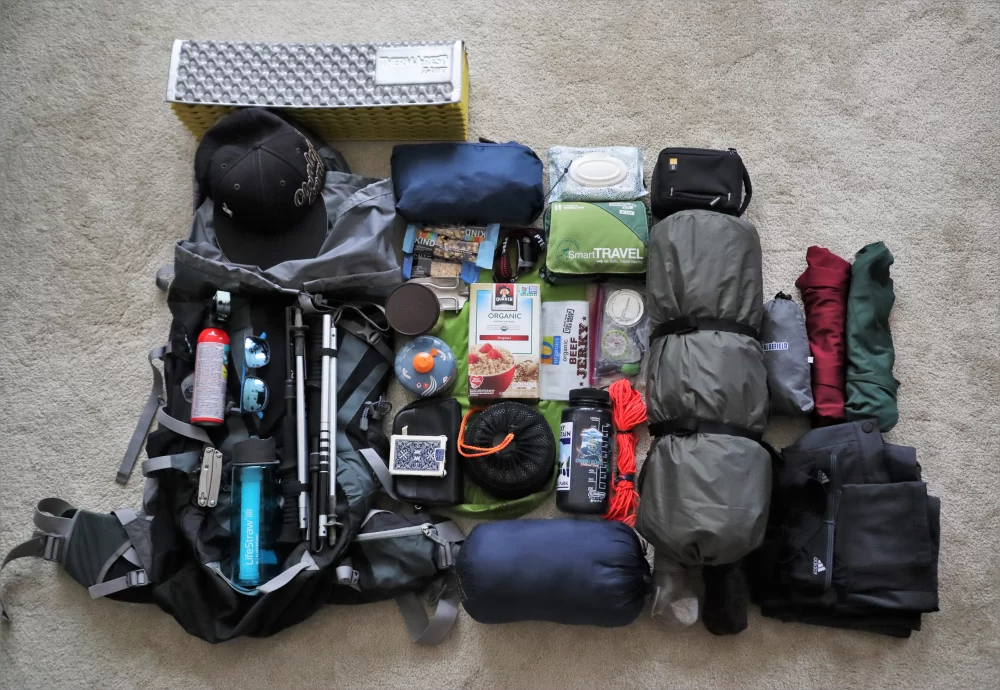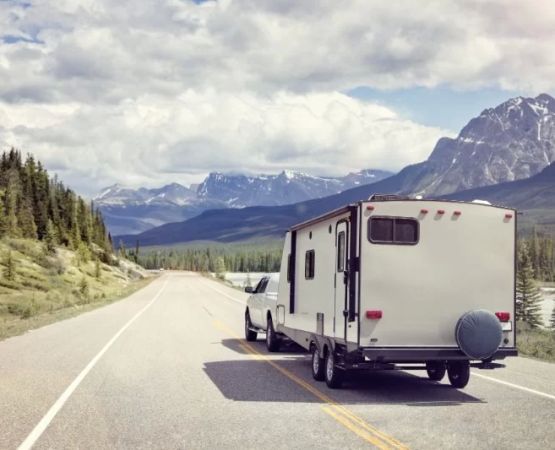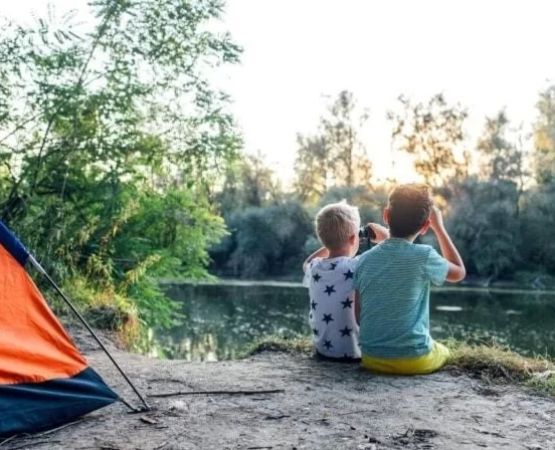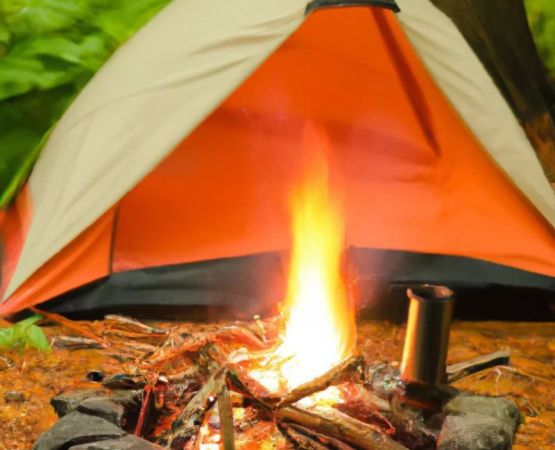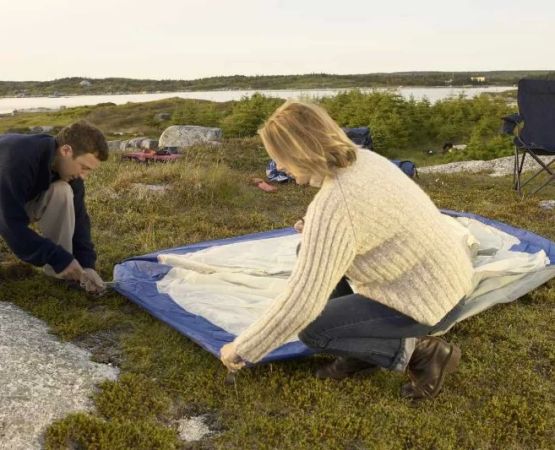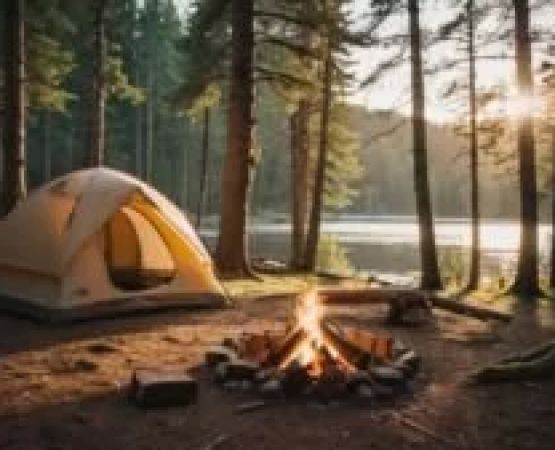The Packing Strategy That Changed My Road Trip Camping Forever
Before our first big road trip with a trunk full of camping gear, I thought packing would be simple. Toss everything into the car, slam the trunk shut, and hit the road. I quickly discovered that camping road trips are a different beast altogether. When you’re living out of your car for days—sometimes weeks—you realize how crucial organization and accessibility really are. After years of trial, error, and a few gear avalanches when I opened the tailgate, I’ve perfected a system that makes packing smarter, faster, and way less stressful.
1. Prioritize Gear by Frequency of Use
One of my biggest mistakes early on was packing everything like I was moving boxes into storage. Of course, I put the cooler under the tent and the snacks in the far back. Rookie move. Now, I pack based on what we use most often during the drive and at camp.
- Items used at every stop (cooler, snacks, camp chairs): Keep these easily accessible near the trunk or back door.
- Daily use items (tent, cooking kit, sleeping bags): Place mid-level in stack—easy to reach at camp, secure while driving.
- Emergency or spare gear (extra tarps, backup stove): Store at the bottom or behind other bins.
We once had to unload half the trunk to get our flashlights at dusk—it turned into a comedy of errors. Now, they live in the glove box or door pocket where I can grab them in two seconds flat.
2. Use Stackable Bins for Organized Storage
The day I ditched the “random duffel bag pile” and switched to stackable plastic bins was the day road trip camping got exponentially better. Everything stays in place, it’s weather-resistant, and I can actually find what I need.
- Clear plastic bins: Let you see contents without opening everything.
- Labeled with contents (cooking, clothing, tools): Makes unpacking at camp a breeze.
- One bin = one function: No mixing utensils with firewood.
One summer at Pine Cliff Resort, we got rained on just as we arrived. I pulled out our “shelter” bin, popped up the canopy, and stayed dry while unpacking. That level of organization made us look like seasoned pros to the other soggy campers nearby.
3. Pack for Balance and Safety
Overpacking one side of your vehicle might not seem like a big deal—until you're on winding mountain roads. I learned quickly that how you distribute weight in your car affects everything from fuel economy to handling.
- Heavier items over rear axle: Keeps the car balanced and prevents swaying.
- Even weight left-to-right: Prevents awkward tilting and tire wear.
- Soft gear on top, hard gear on bottom: Avoids crushing and keeps fragile items safe.
I once stacked heavy gear on the roof rack without distributing the weight evenly. After a windy highway stretch, I pulled into a rest stop and found my straps halfway undone. Now, I keep the weight low and centered—no more white-knuckle driving.
4. Create a “Camp Setup First” Kit
There’s nothing worse than arriving at camp just before sunset and realizing your tent poles are buried under everything else. I’ve had that happen in the Rockies, and the stress nearly ruined the first night. That’s why I now pack a separate bin or bag with items for immediate setup.
- Tent and stakes
- Ground tarp
- Headlamps or lanterns
- Camp chairs and table
- Bug spray and sunscreen
At Pine Cliff Resort, we arrived late after a detour. Having that “setup first” bag saved us—we pitched the tent in ten minutes, popped open chairs, and watched the sunset instead of fumbling around in the dark.
5. Keep Essentials Within Arm’s Reach
Whether it's your toothbrush or baby wipes, certain things need to be instantly accessible, especially during rest stops or roadside pullovers. I’ve learned to keep a “go bag” in the front seat that holds all our immediate-use items.
- Toiletries bag with toothbrush, soap, and sanitizer
- First-aid kit
- Map, itinerary, and campground info
- Chargers and tech gear
- Paper towels and wet wipes
On one Utah trip, we spilled a full smoothie all over the dashboard. Having paper towels and wipes within reach saved the rental car upholstery—and possibly our deposit.
6. Roof Racks and Cargo Boxes for Extra Room
For longer trips or family adventures, internal space gets tight fast. When we camped with two kids and a dog, our SUV turned into a sardine can. Enter the rooftop cargo box—game changer.
- Hard-shell roof box: Weatherproof and secure for bulky items.
- Use for sleeping bags, tents, pads, or off-season gear
- Balance with interior load to avoid sway
We now store our seasonal gear and backup supplies in the cargo box, which frees up the cabin for living space during long drives. It also keeps musty gear smells out of the car—not a small win when temps hit 90°F.
7. Don’t Forget the Dirty and Wet Gear Plan
The first time I packed for a rainy trip, I forgot to think about what to do with soaked gear on the way home. The result? A muddy mess that took a week to clean. Now, I pack for the aftermath as much as the adventure.
- Heavy-duty trash bags or dry sacks: For wet clothing and muddy gear.
- Mesh laundry bag: Keeps stinky stuff separate but breathable.
- Extra towels and tarps: For wrapping or laying down under gear.
After a stormy weekend at Pine Cliff Resort, our gear was soaked. Thanks to our prep, we lined the back with a tarp, loaded up the wet tents in bags, and avoided a car full of mildew. It made unpacking at home a hundred times easier.
8. Practice Makes Perfect
I started doing “mock packs” the day before we leave. It sounds nerdy, but loading the car once ahead of time lets me refine the setup and catch anything I forgot. I usually involve the kids too—it’s become part of our trip tradition.
We race to see who can load their bin the fastest, and it turns packing into a fun pre-trip ritual instead of a stress fest. Every trip, we tweak and improve. That’s the beauty of road trip camping—it evolves with you.
If you’re planning your next outdoor escape, I highly recommend visiting Pine Cliff Resort. It's one of the most well-organized, camper-friendly places we've found, and it really rewards being prepared. The better you pack, the more you can enjoy what really matters—great views, fresh air, and unforgettable memories.

